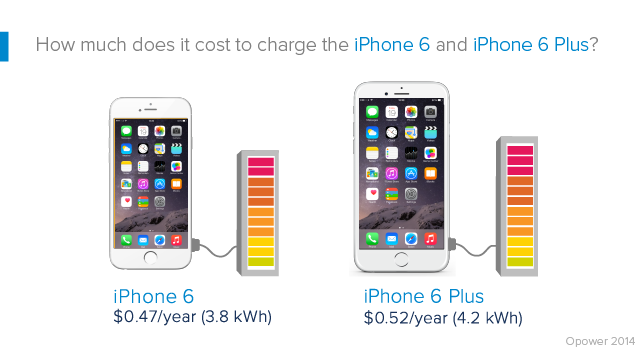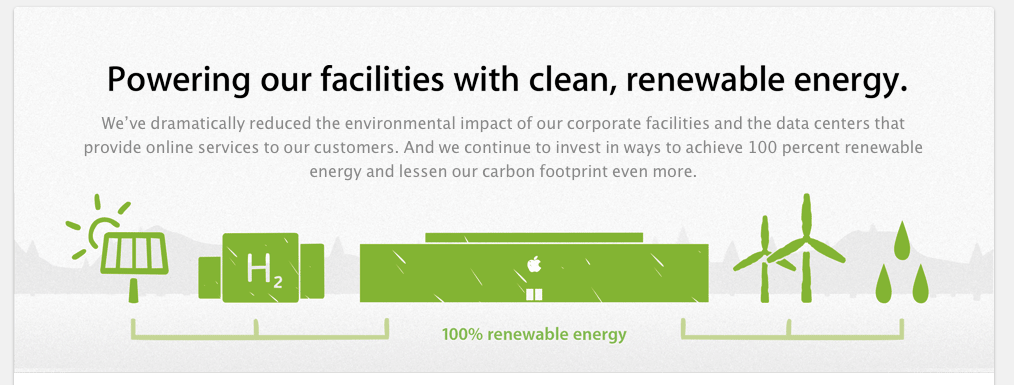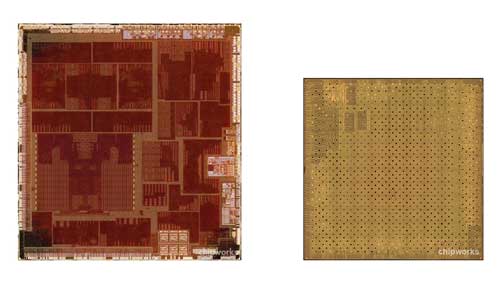
How much does it cost to charge the iPhone 6 for a year? Less than you might think
Some new numbers from the Opower blog have revealed how much you can expect to spend when charging your iPhone 6 or 6 Plus. At average U.S. energy prices, the cost comes in at a mere $.47 per year for the smaller 4.7-inch device. The 5.5-inch model will run a little extra due to its larger battery, coming in at just over half a dollar for a total of $.52 per year on average. As you might expect, this year’s larger devices will cost a little more than the smaller iPhone 5, which cost only $.41 per year.
According to the blog, adding up the energy used by each of the 10 million units sold over opening weekend would come out to less power than the entire state of Nebraska uses in 12 hours. By comparison, a typical desktop computer uses about 41x the power of an iPhone 6, while Microsoft’s Xbox One console uses has much as 61x as much energy.
As was pointed out last week, while charging your device may be fairly inexpensive, it can cost you a lot of unnecessary time if you’re using the charger that ships with it.
You can find more facts and figures about the new iPhone’s power consumption over at the Opower blog.



